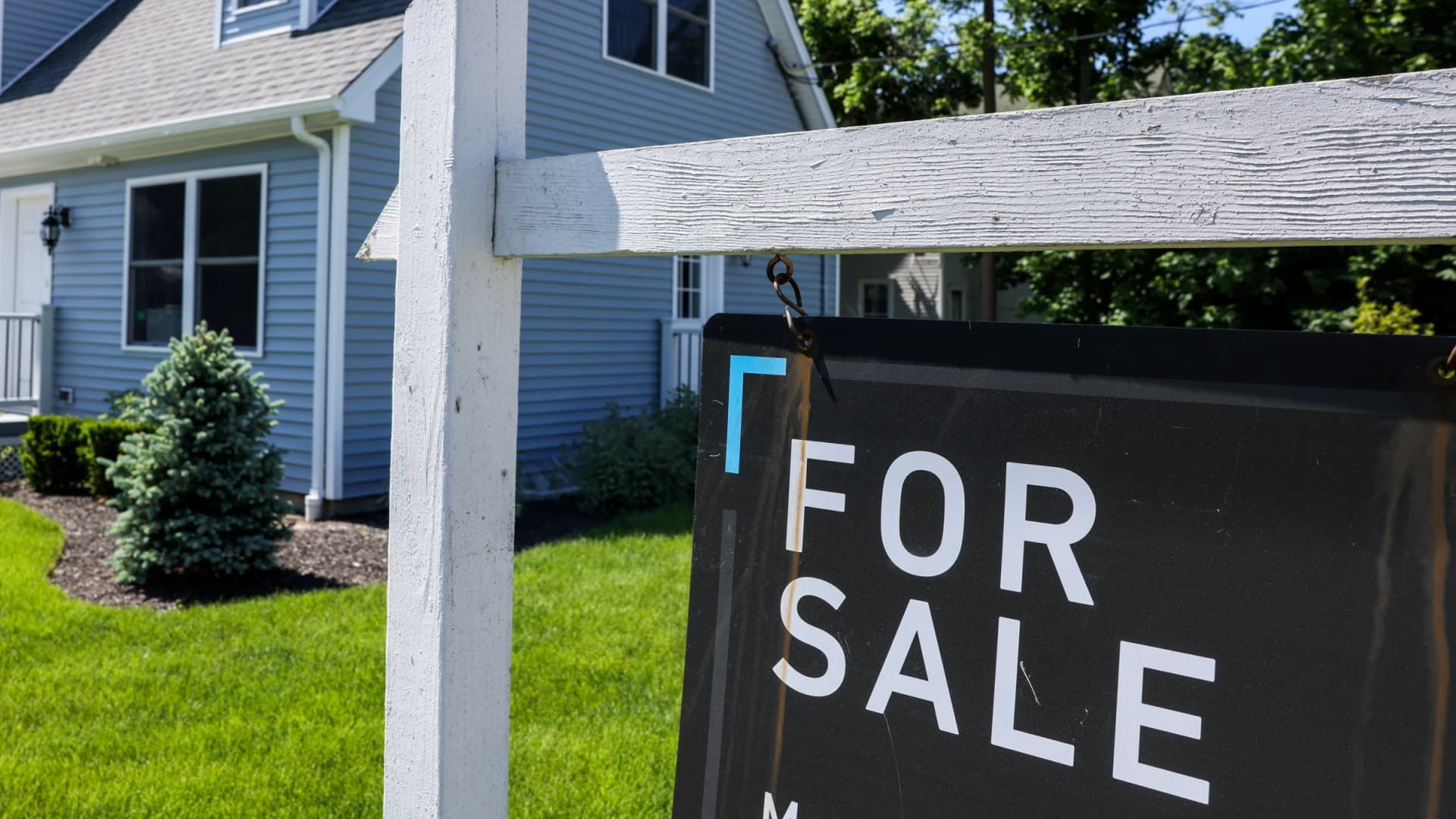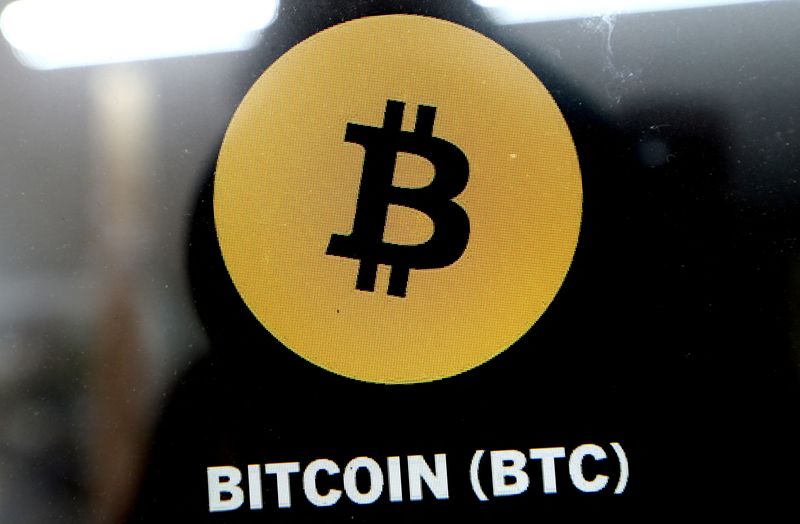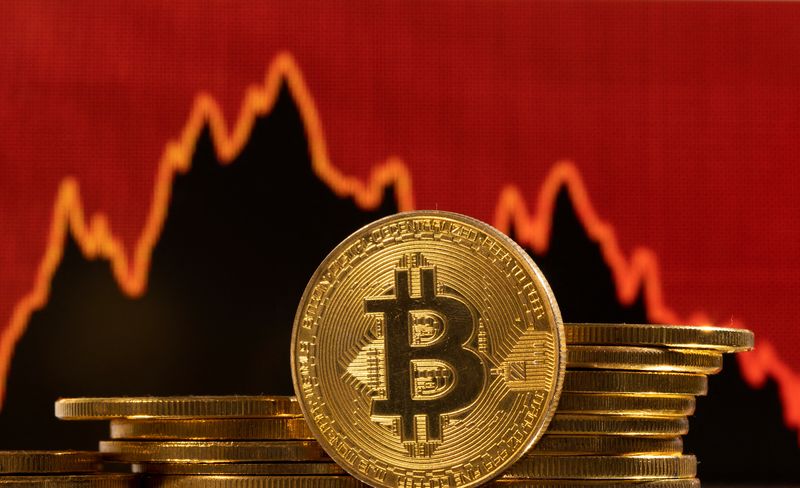International buyers of residential properties in the United States face the same obstacles as domestic buyers (i.e. high prices and limited supply), but they also have to deal with a strong US dollar, which makes properties even more expensive for them. As a result, international buyers are pulling back.
According to a new report from the National Association of Realtors, 54,300 existing homes were purchased between April of last year and March of this year, a 36% drop from the previous year. This is the lowest level of international investment since the NAR began tracking it in 2009.
Dollar volume, at $42 billion, was also down 21% from a year earlier.
This is because both the average purchase price ($780,300) and median price ($475,000) were the highest NAR has ever recorded for foreign buyers.
The largest buyers by volume were from Canada, China, Mexico and India. These buyers purchased the most properties in Florida, Texas, California and Arizona. Chinese buyers spent more money and bought higher-priced homes, according to the NAR.
The report only counts sales of existing homes, and foreign buyers are important in the new development space, which is not reflected in the data.
“The strong U.S. dollar makes international travel cheaper for Americans, but makes U.S. housing much more expensive for foreigners,” said Lawrence Yun, NAR's chief economist. “So it's not surprising to see a pullback in U.S. home sales by foreign buyers.”
But foreign buyers also face additional obstacles.
“We don’t have a credit rating, we have a strange name, we have a different passport,” said Yuval Golan, chief executive of Waltz, a startup that aims to facilitate foreign purchases of U.S. residential real estate. “Then we need to transfer money between two countries, which takes time. There are additional foreign currency exchanges we have to deal with, a lot of titles are things we don’t know about, like a title company, a mortgage broker and a lender who might not understand our credit history and income.”
Golan said Waltz offers foreign investors a simpler, more remote experience to purchase U.S. real estate within 30 days.
“We support them in their home country, help them set up a limited liability company. Within seconds, we open a US FDIC-insured bank account for them, collect their money locally, and can do foreign currency exchange within seconds,” Golan added.
Waltz also acts as a mortgage lender, albeit at higher than market rates.
Currently, international buyers account for just 1.3% of all U.S. home sales annually, according to NAR, and half of sales to international buyers were all-cash, compared with 28% of total existing-home sales.
More supply is coming into the U.S. market, but it is still historically low and prices remain stubbornly high.
In addition, there are presidential elections coming up. International buyers tend to pull back in times of political uncertainty. Sales by foreign buyers are unlikely to improve next year unless several factors, both economic and political, improve.










